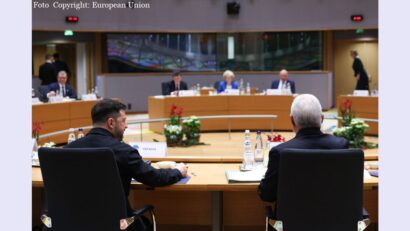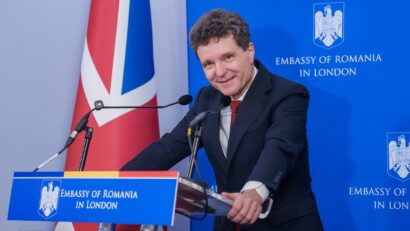Voting in the parliamentary elections
Last Sundays parliamentary elections revealed many of the voting patterns Romanians have developed in the post-communist period.

Florentin Căpitănescu, 13.12.2016, 13:20
Last Sundays parliamentary elections confirmed not only the dominant position held by the leftist Social-Democratic Party (PSD) in the Romanian voters preferences, but also the fact that that party had extended its influence in geographical areas and within sociological parameters to which they had had no access. So, the Social-Democrats, which obtained over 45% of the votes, got the upper hand in 34 counties and in the capital. Only seven counties have had a predominantly different vote, all of them in Transylvania.
The right wing National Liberal Party (PNL), which got 20% of the votes, came off victorious in Cluj, Alba and Sibiu Counties and the Democratic Union of Ethnic Hungarians in Romania, reaped over 6% of the votes, thanks to the numbers reported in its traditional counties: Harghita, Covasna, Mures and Satu Mare. This years parliamentary elections revealed a change in the usual sociological profile of voters of the Social-Democratic Party.
According to the Romanian Institute for Evaluation and Strategy (IRES), the main novelty is that the Social-Democrats succeeded in mobilizing both the electorate in towns and people with higher education studies; until now, the Social Democrats had exclusively been preferred by people in the countryside and with middle school studies. Half of the voters in towns voted for the Social-Democratic Party, which was favored to the detriment of PNL by voters with higher education studies, which marks another first.
Additionally, equally surprising is that the Social Democrats managed to win over young supporters. So, according to IRES, the Social-Democrats and the Liberals are on the same par in the preferences of people in the 25-34 year age bracket. Still, the Liberals were preferred by 31% of the students as compared to 28% voting for the Social-Democrats. 18% of the students voted for the Save Romania Union (USR), the third force in the future Parliament. As usual, 60% of the elderly voted for the Social-Democrats.
As regards the diaspora, the largest number of voters, over 30,000 was reported in the ex-Soviet Republic of Moldova with a predominantly Romanian-speaking population. Over half of them voted for the right wing Peoples Movement Party, the party of the ex-president Traian Basescu. Most of the Romanian nationals in Italy and Spain, hosting the largest Romanian communities, voted for the Liberals. Save Romania Union came first in the Romanian nationals preferences in Great Britain, Germany and France, as well as in Russia and China. In exchange, the Social-Democratic Party came off victorious only in Israel. According to the Central Electoral Bureau, the turnout was 39.5%.
(Translated by AM Palcu)






























